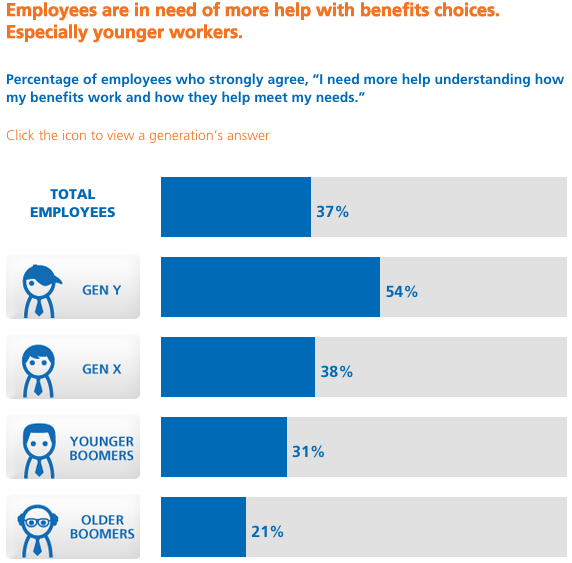The Origins of Labor Day
As experts in the field of employee benefits, it seems only fitting that we share with the curious the origins of Labor Day, most especially as we enter this holiday weekend. Labor Day is, after all, a celebration of the American labor movement and is dedicated to the social and economic achievements of workers.
We have President Grover Cleveland to thank for the getting the first Monday of September as a holiday every year. Several factions lobbied for the holiday to be on May 1st, to link up with International Worker’s Day, which is celebrated in over 80 countries worldwide. But for President Cleveland, May 1st was too close to the date of Chicago’s Haymarket Massacre, which occurred on May 4th, 1886.























